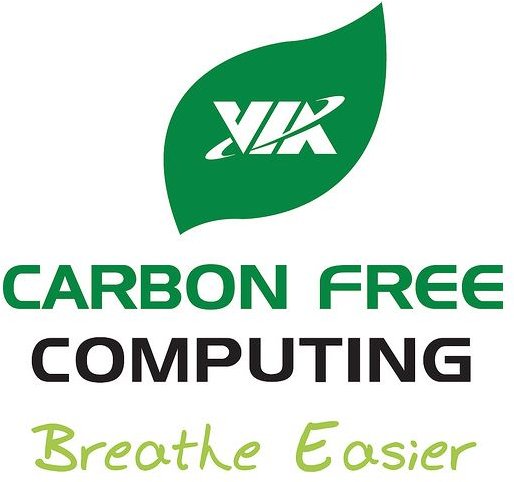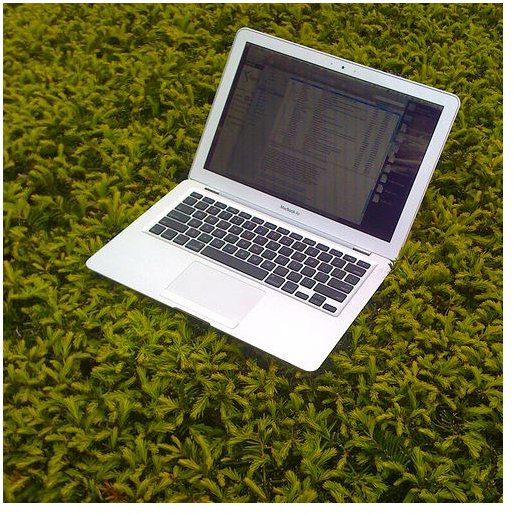The Future of Green Technology in Computing: The Emergence of Eco Friendly Computers
Legislative Foundations of Contemporary Green Technology Advances
The major fillip to the contemporary advancements in green technology is two directives of the European Union:
- The 2003 Restriction on Hazardous Substances (RoHS) directive that restricts the use of many hazardous materials in electronics manufacturing.
- The 2007 Registration, Evaluation and Authorization of Chemicals law (REACH) that bans some hazardous chemicals and mandates permission from the European Commission to use other toxic chemicals.
These directives make it difficult for PC manufacturers to continue using toxic chemicals such as bominated flame retardants (BFRs), cadmium, selenium, lead, and mercury in the manufacture of computer and peripherals, forcing them to seek green alternatives.
The electronic industry has still not witnessed the full impact of RoHS and REACH as research is still ongoing for alternatives to all toxic substances. The future, however, is sure to witness the emergence and widespread use of eco-friendly and energy efficient computers completely free of all harmful toxic elements.
The Move Towards Eco Friendly Components in Computers
Several PC manufacturers already use the more sustainable and less toxic recycled plastics and bio-plastics in their tower and monitor casings. HP uses a biodegradable corn-based plastic case in its printers. Other companies use wood and bamboo wood-encased desktops in computer towers, monitors, amd mouse controls.
While most manufacturers have eliminated CRT monitors that emit toxic radiation, the replacement LCD screens are not completely free of toxic materials. As the more energy efficient and toxic-free OLED technology becomes advanced and cost effective, OLED monitors could replace LCD screens as the industry standard. e-ink and IMOD are two other monitor-related technological breakthroughs that have the potential to have a significant impact in future green technology.
Sustainable packaging solutions presently being used, appear not to be a top priority for most companies. HP has however taken the lead to pack its printers in recycled plastics and recycled content paperboard, and ink and toner cartridges in reusable air cushioning rather than molded end caps.
With the move toward eco-friendly components in computers gaining both legislative support and popular appeal, the use of eco-friendly sustainable components will become the norm rather than the exception in future.
Developments in Energy Efficiency
The future green technology holds big advancements in shaping energy efficient computers.
The new Energy Star 4.0 specifications include the 80 PLUS standards that encourage manufacturers to deploy power supplies that convert at least 80 percent of the electricity from the wall outlet to actual computing power.
Intel’s Core 2 Duo processor heralds a new era in green computing. This processor draws power only for the parts of the chip actually in use. Marvell’s processor chip uses power factor correction (PFC) to determine the amount of power any given application requires and uses this information to optimize power usage for maximum efficiency.
Such power-saving technologies are poised to become the norm in the future, and further advancements will bring forth more breakthroughs.
The development of nanotechnology also translates to greater energy efficiency. The future nanocomputer chip would be three or four levels of magnitude smaller in size and considerably faster than the ones currently available.
Another revolutionary idea that could find breakthrough in the future is harnessing the power needed for the computer to operate from keystrokes, mouse movements, and the light from the monitor.
Carbon Free Computing

The 1997 Kyoto Protocol for the United Nations Framework Convention on Climate Change mandates reduction of carbon dioxide emissions to counter global warming.
VIA aims to offer the world’s first carbon free computers. Such “carbon free” computers emit greenhouse gasses, but the manufacturers offset such “carbon footprint” or the amount of greenhouse gas emitted by the computer during its lifetime through many ways such as planting trees.
The move toward carbon free computing may also take the shape of the development of solar energy cells. VIA’s “pc-1” initiative aims to not just power the computer entirely through solar cells, but also use solar energy exclusively in its manufacturing process. Toward this end, it has launched the worlds first ever solar-powered cyber community center in the South Pacific, powered entirely by solar technology.
The thrust toward carbon free computing also takes the shape of developing green power sources with zero carbon emissions. Recent developments suggest the possibility of incorporating renewable energy technologies into structures in creative and unexpected ways.
- Sybarithe’s Dice House, a 9 x 9 meter cube that sits on an octagonal plinth is a successful prototype of a carbon free unit. A large thermoplastic umbrella on the garden roof shades and insulates the house and collects solar energy.
- Kennedy and Voilich Architecture’s Soft House harvests energy through solar-energy-collecting textiles hung in the home like curtains. These thin-film photovoltaic textiles generate nearly 16,000 watt-hours of electricity a day.
- A house museum in Ulricehamn Sweden proposed a revolutionary concept of the using the body heat of visitors and the equipment located inside the building to supply the building’s heat. Solar cells on the roof provide part of the energy to run electrical equipment and heat water.
Advancements in Recycling Technology
While recycling of e-waste has already started in a big way, the future green technology is poised to herald further developments in recycling for a sustainable future. Some of the future works could include:
- Desktop computer manufacturers reusing or recycle every single part of old computers, leaving zero waste
- Networking several old computers into one processing unit, accessible by several smaller devices.
Green computing is a booming industry as the world increasingly focuses on sustainable initiatives. All the major companies of the world have embraced some form of green computing technology and look for ways to increase their involvement in the green computing initiative.
References
- GreenLivingIdeas.com. What’s in the Future for Green PCs?
- TheFutureOfThings.com. Green Computing
- Walker, Tom. 7 Green Technologies of the Future
Image Credits:
- flickr.com/smaedli
- flickr.com/VIA Carbon Free Computing Logo under Creative Commons license
